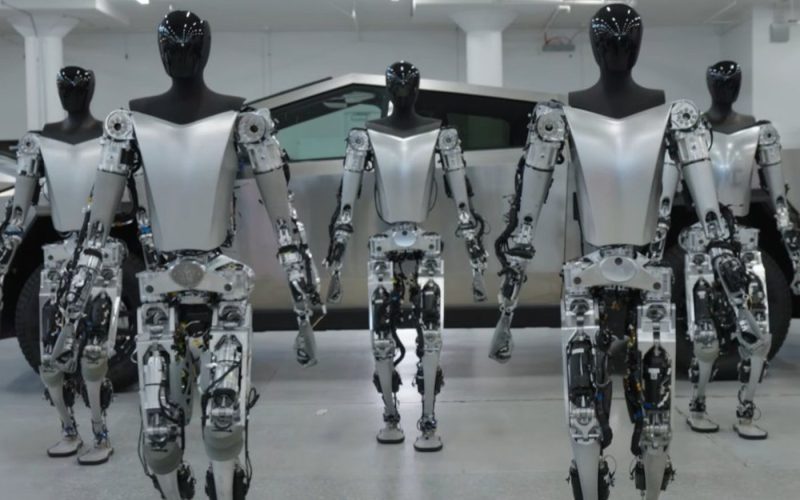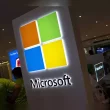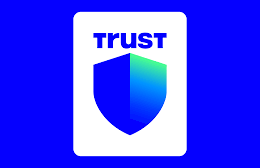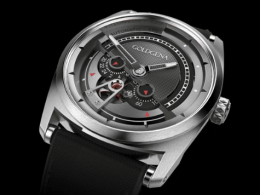Tesla’s Humanoid Robot: What You Need to Know
Introduction
Hello, I’m Fred. I’m a seasoned blog writer who specializes in Technology and Robotics. In this article, I will share with you everything you need to know about Tesla’s humanoid robot, Optimus, and why it matters for the future of robotics and human society.
Tesla is a company that is known for its innovative products and services, such as electric vehicles, solar panels, batteries, and self-driving software. But did you know that Tesla is also developing a humanoid robot that can perform tasks that humans don’t want to do or are too dangerous for them? This robot is called Optimus, and it was first announced by Tesla’s CEO, Elon Musk, at the company’s Artificial Intelligence (AI) Day event in August 2021.
Optimus is a conceptual general-purpose robotic humanoid that is designed to be an extremely capable robot that can help millions of people and do a lot of useful things. According to Musk, Optimus will be mass produced and cost less than a car to purchase. In this article, I will explain what Optimus is, what it can do, how it works, and what its significance is for the future of robotics and human society.
What is Optimus?
Optimus is a humanoid robot that is designed to look and move like a human. It is planned to measure 5 ft 8 in (173 cm) tall and weigh 125 lb (57 kg). It has a screen where the head is for displaying useful information, and it has sensors and cameras on its body for perception and navigation. It also has articulated hands and fingers that can manipulate delicate objects, such as eggs.
Optimus is controlled by the same AI system that Tesla is developing for the advanced driver-assistance system used in its cars. This AI system is based on a neural network architecture that can learn from data and perform various tasks, such as vision, planning, and control. Optimus is also powered by Tesla’s own hardware, such as custom-designed actuators, electronics, and batteries.
What can Optimus do?
Optimus is intended to be a general-purpose robot that can perform tasks that are dangerous, repetitive, or boring for humans, such as providing manufacturing assistance, picking up groceries, or cleaning the house. Musk said that Optimus will eventually be able to do anything that humans don’t want to do. He also said that Optimus will be friendly and safe, and that humans will be able to run away from it or overpower it if necessary.
Optimus is still in the prototype stage, and Tesla has not yet demonstrated its full capabilities. However, Tesla has shown some progress with its prototypes over the past year. In September 2022, Tesla unveiled two prototypes of Optimus at its second AI Day event. One prototype, named Bumble C, was able to walk across the stage and wave to the audience. Another prototype, named Optimus Gen 1, was able to move its arms and do a quick dance move while propped up on a stand. In December 2023, Tesla released a video showing Optimus Gen 2, which was 30% faster, 10 kg lighter, and had sensors on all fingers. The video showed Optimus Gen 2 walking, crouching, and sorting colored blocks by color.
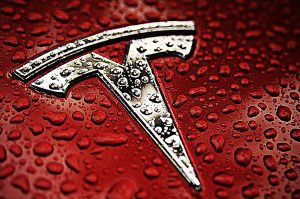
How does Optimus work?
Optimus works by using a combination of hardware and software components that enable it to perceive, plan, and act in the real world. The hardware components include the sensors, cameras, actuators, electronics, and batteries that make up the physical body of Optimus. The software components include the AI system that runs on the neural network architecture and the operating system that manages the communication and coordination of the hardware and software components.
The AI system of Optimus is based on the same neural network architecture that Tesla uses for its self-driving software. A neural network is a computational model that mimics the structure and function of biological neurons. It consists of layers of interconnected nodes that can process and transmit information. A neural network can learn from data and perform various tasks, such as recognizing objects, predicting outcomes, and generating actions.
The neural network architecture that Tesla uses is called Dojo, which is a distributed system that can train large-scale neural networks using massive amounts of data. Dojo is composed of multiple nodes that communicate and cooperate with each other. Each node has a chip called D1, which is a custom-designed chip that can perform high-speed matrix operations, which are essential for neural network computations.
The operating system of Optimus is called TeslaOS, which is a Linux-based system that manages the communication and coordination of the hardware and software components of Optimus. TeslaOS is responsible for providing the interface, security, and updates for Optimus. TeslaOS also allows Optimus to connect to the internet and access Tesla’s cloud services, such as data storage, remote control, and software updates.
What is the significance of Optimus?
Optimus is a significant project for Tesla and for the future of robotics and human society. For Tesla, Optimus is a way to leverage its expertise and experience in AI, hardware, and software to create a new product and service that can expand its market and revenue. Musk said that Optimus has the potential to be more significant than Tesla’s vehicle business over time. He also said that Tesla will employ thousands of Optimus robots to work in its factories, which will help with the labor shortage in the industry.
For the future of robotics and human society, Optimus is a way to explore the possibilities and challenges of creating and living with humanoid robots. Humanoid robots are robots that look and act like humans, and they have been a subject of fascination and speculation for many years. Humanoid robots have many potential benefits, such as enhancing human capabilities, improving human well-being, and advancing human knowledge. However, humanoid robots also have many potential risks, such as ethical, social, and legal issues, such as privacy, safety, accountability, and human-robot interaction.
Optimus is one of the most ambitious and realistic attempts to create a humanoid robot that can be mass produced and widely used. Optimus could be a game-changer for the field of robotics and for human society, as it could open up new opportunities and challenges for both. Optimus could also be a catalyst for further research and development in robotics and AI, as well as for public awareness and engagement in these fields.
Conclusion
In this article, I have shared with you everything you need to know about Tesla’s humanoid robot, Optimus, and why it matters for the future of robotics and human society. I have explained what Optimus is, what it can do, how it works, and what its significance is. I hope you have enjoyed reading this article and learned something new and interesting.






